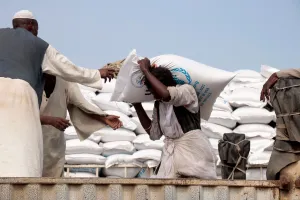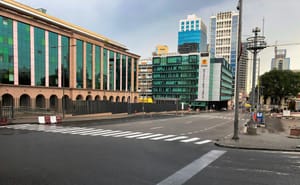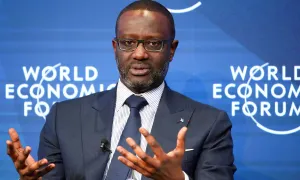Musk-Trump aid freeze: four months on, Africa is paying the highest price
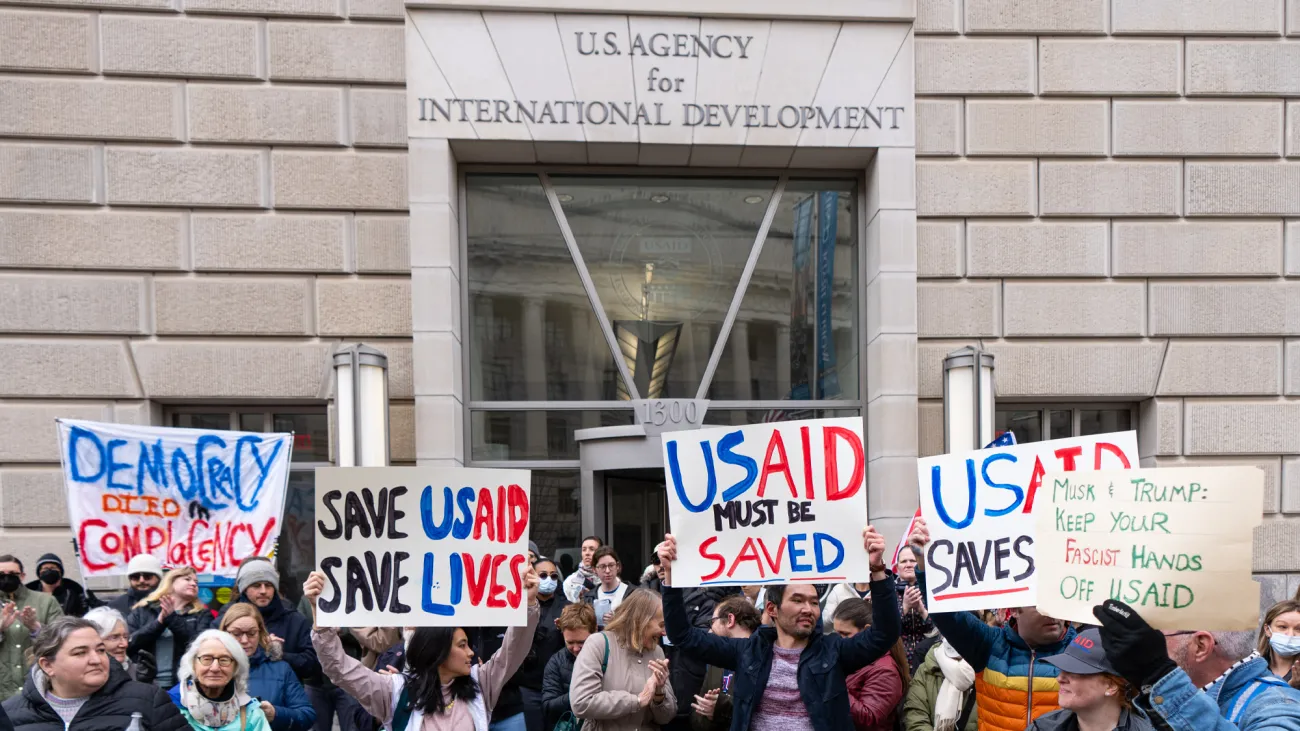
When former president Donald Trump signed the February 4th executive order instructing Elon Musk to “wind down” the US Agency for International Development, the initial shock was measured in warehouses full of idle vaccines and classrooms suddenly bereft of school-meal supplies. By mid-June, the reverberations are quantifiable in mortality tables, shuttered clinics, and collapsing local supply chains across at least 26 African countries.
1 | From bureaucratic chaos to systemic paralysis
The 90-day funding freeze expired on 4 May, but USAID’s pipelines remain largely dry. Congressional efforts to restore appropriations are mired in partisan wrangling, leaving field offices with only 18 % of their pre-February cash flow. According to the Global Aid Freeze Tracker, 57% of projects that closed in March have not reopened; a further 21% are operating at “skeleton” capacity.
• Health: UNICEF now estimates that 53,000 African children with severe acute malnutrition have missed therapeutic feeding since February. Malaria programmes in Uganda, Benin, and Zambia report a 28% fall in indoor-spraying coverage versus 2024.
• Agriculture: In Malawi, stalled seed and irrigation grants shaved an estimated 2.3% off the national maize harvest, compounding El Niño-linked drought losses.
2 | Sudan and the DRC: the worst-case laboratories
Now in its third year of civil war, Sudan is the epicentre of the disaster. 640 metric tonnes of ready-to-use therapeutic food (RUTF) remain impounded at Port Sudan after logistics contractors cancelled USAID-backed freight agreements. Médecins Sans Frontières warns that paediatric wards in El Fasher will exhaust antibiotic stocks by early July.
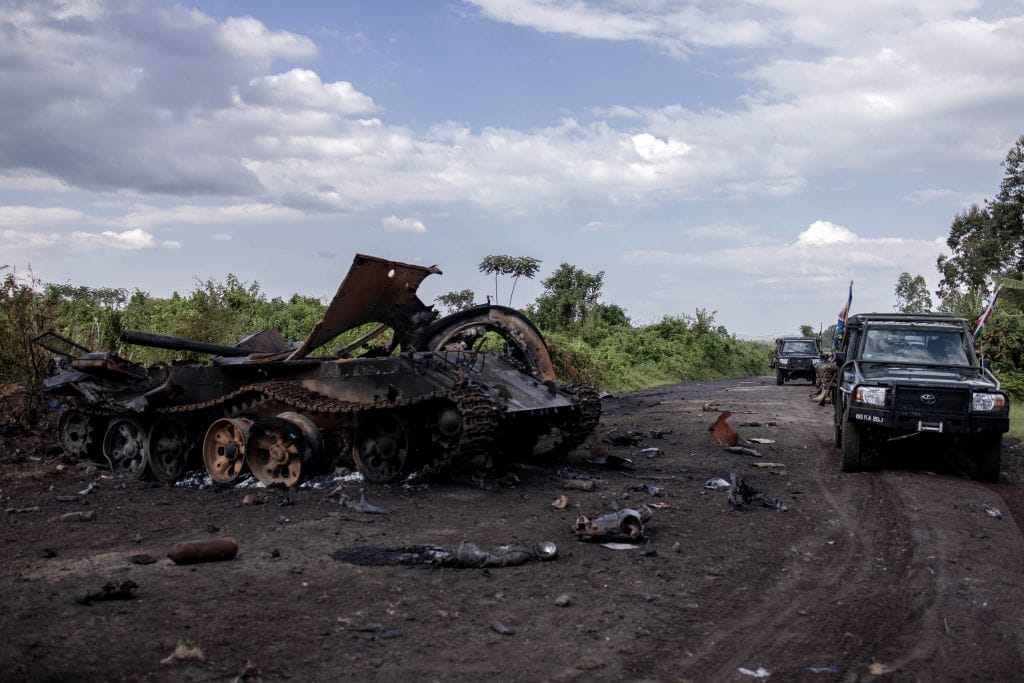
Across the border in the eastern DR Congo, the M23 offensive has displaced more than 580,000 people since January. USAID-funded mobile clinics that once followed displacement corridors have been mothballed; cholera incidence in Nyiragongo territory is already double last year’s figure for the same period.
3 | Macroeconomic ripple effects
Credit-rating agencies reacted swiftly in March, with Ghana and Kenya each seeing outlook revisions from “stable” to “negative,” citing heightened humanitarian risks and lower grant inflows. The African Development Bank calculates that a full-year aid shutdown would slice 0.4 percentage points off sub-Saharan growth in 2025, primarily through reduced health-sector employment and postponed infrastructure tenders dependent on USAID guarantees.
4 | Attempts at damage control
The White House’s late-April “life-saving waiver” has sown more confusion than relief. Implementing partners must prove that every invoice is directly tied to mortality prevention. Is a borehole installation “life-saving”? Is Plumpy’Nut? Requests queue in Washington while procurement cycles in Juba and Bukavu grind to a halt.
Meanwhile, South Africa and Kenya have called an extraordinary AU-G20 working group for July to explore an African emergency-funding bridge, but pledges so far cover barely 9% of the US$4.6 bn gap left by USAID’s retreat.
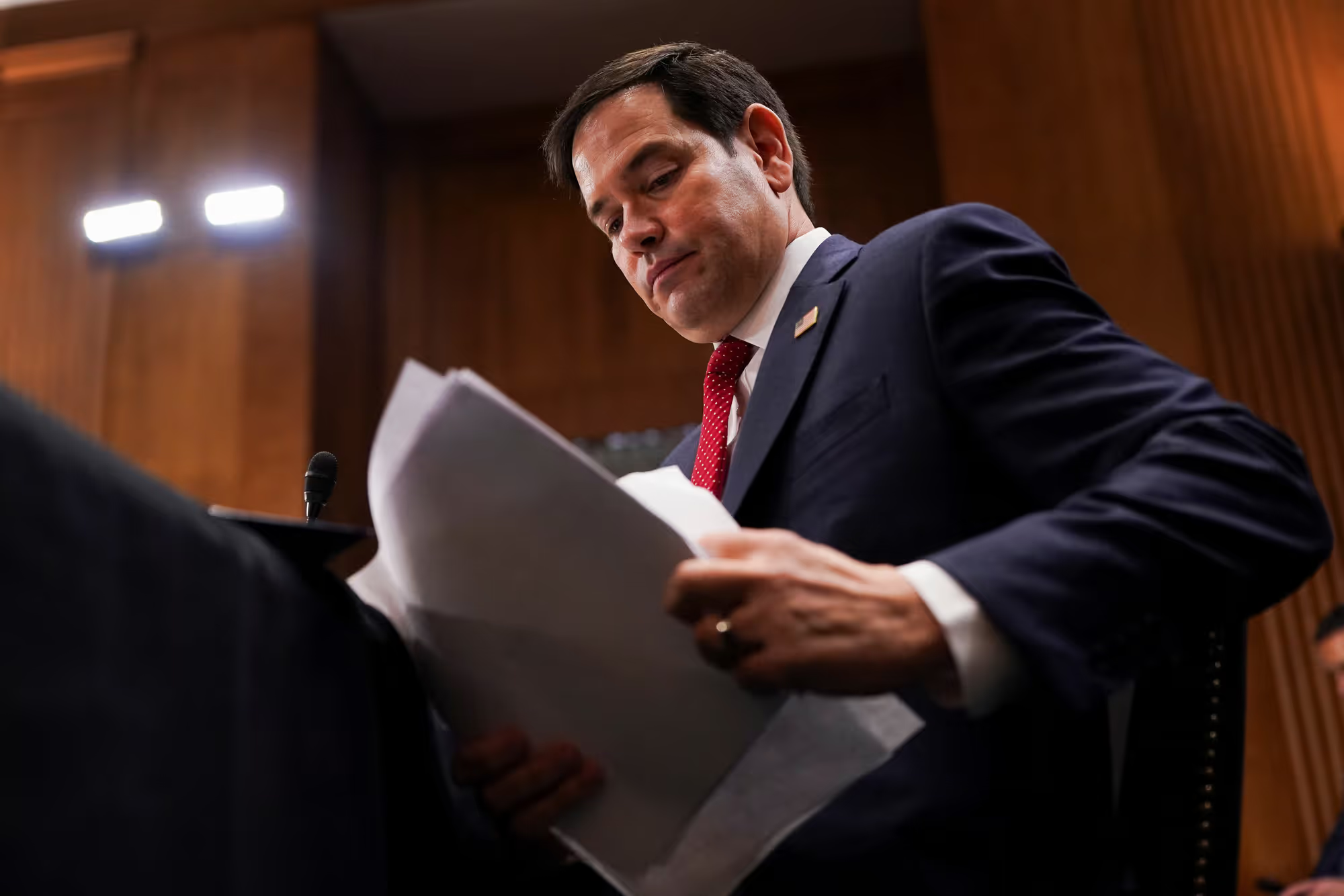
5 | Political blowback and de-Americanisation of aid
African leaders are drawing hard lessons. Former Kenyan president Uhuru Kenyatta calls the freeze “the single greatest advertisement for self-reliance in half a century.” Nigeria has accelerated legislation to convert a portion of its oil-stabilisation fund into a continental emergency window, while the African Union is fast-tracking a pan-continental medical procurement platform to dilute US dominance over vaccine supply.
Yet such structural pivots take years. Today, field workers face impossible choices: which malignancy patients in Malawi receive their final course of chemotherapy, which HIV clients in Johannesburg get the last batch of antiretrovirals.
6 | A preventable death toll
A mid-June update by the Guttmacher Institute projects that if funding is not fully restored by September:
• 12.8 million women and girls will lose contraceptive access,
• leading to 9,500 additional maternal deaths, and
• 31,000 stillbirths and neonatal fatalities continent-wide.
Jeremy Konyndyk of Refugees International describes the scenario starkly: “We are witnessing an extinction-level event for the humanitarian ecosystem, and Africa is the crash zone.”
Outlook
Unless Congress unlocks substantial bridge financing before the US fiscal year closes on September 30th, humanitarian agencies predict a cascade of secondary crises: food price spikes, epidemic outbreaks, and new migration flows from the Sahel toward North Africa and Europe.
For Africa, June 2025 is no longer about navigating post-pandemic recovery; it is about surviving the collateral damage of a political experiment unfolding 10,000 kilometres away — an experiment whose cost is increasingly counted in African lives.
